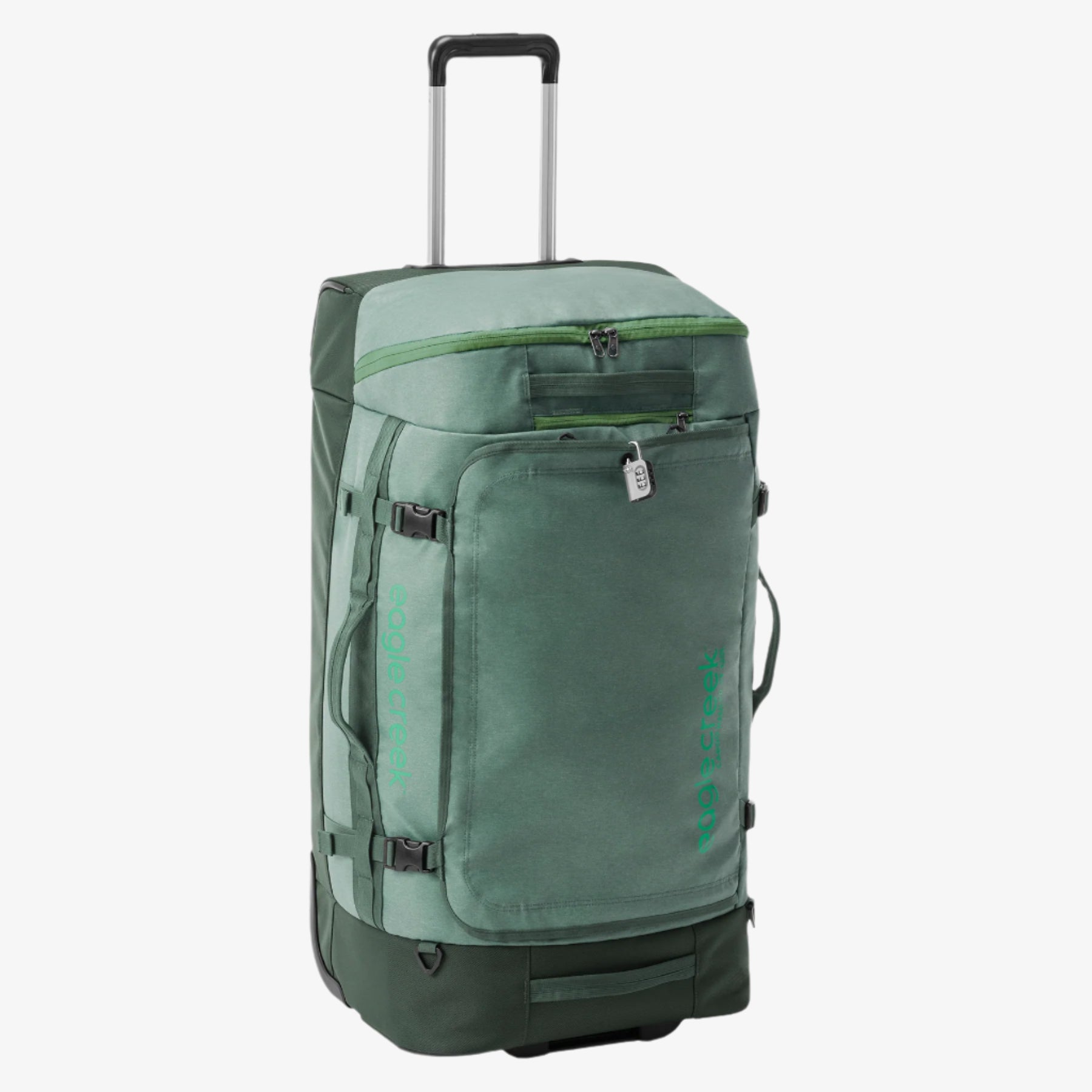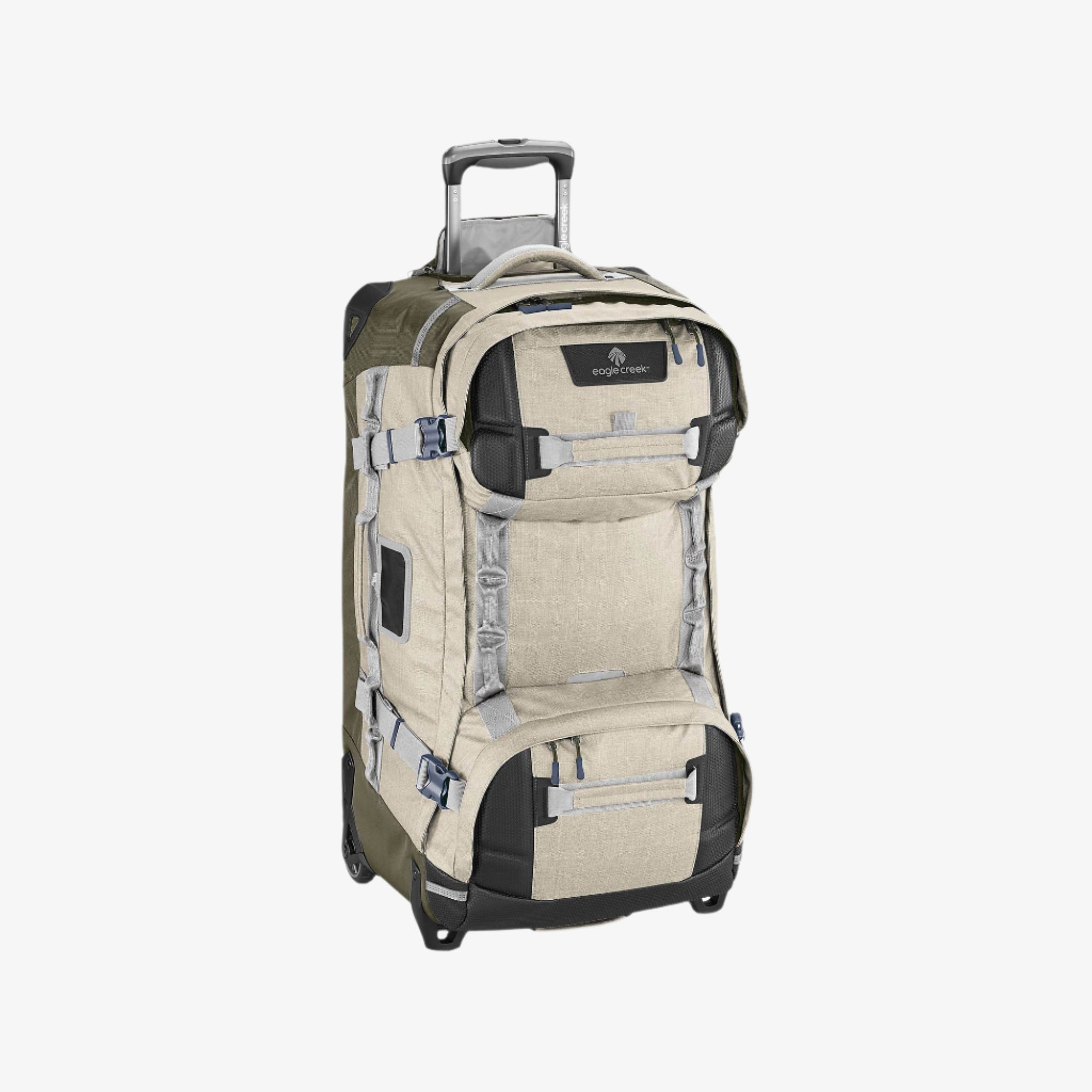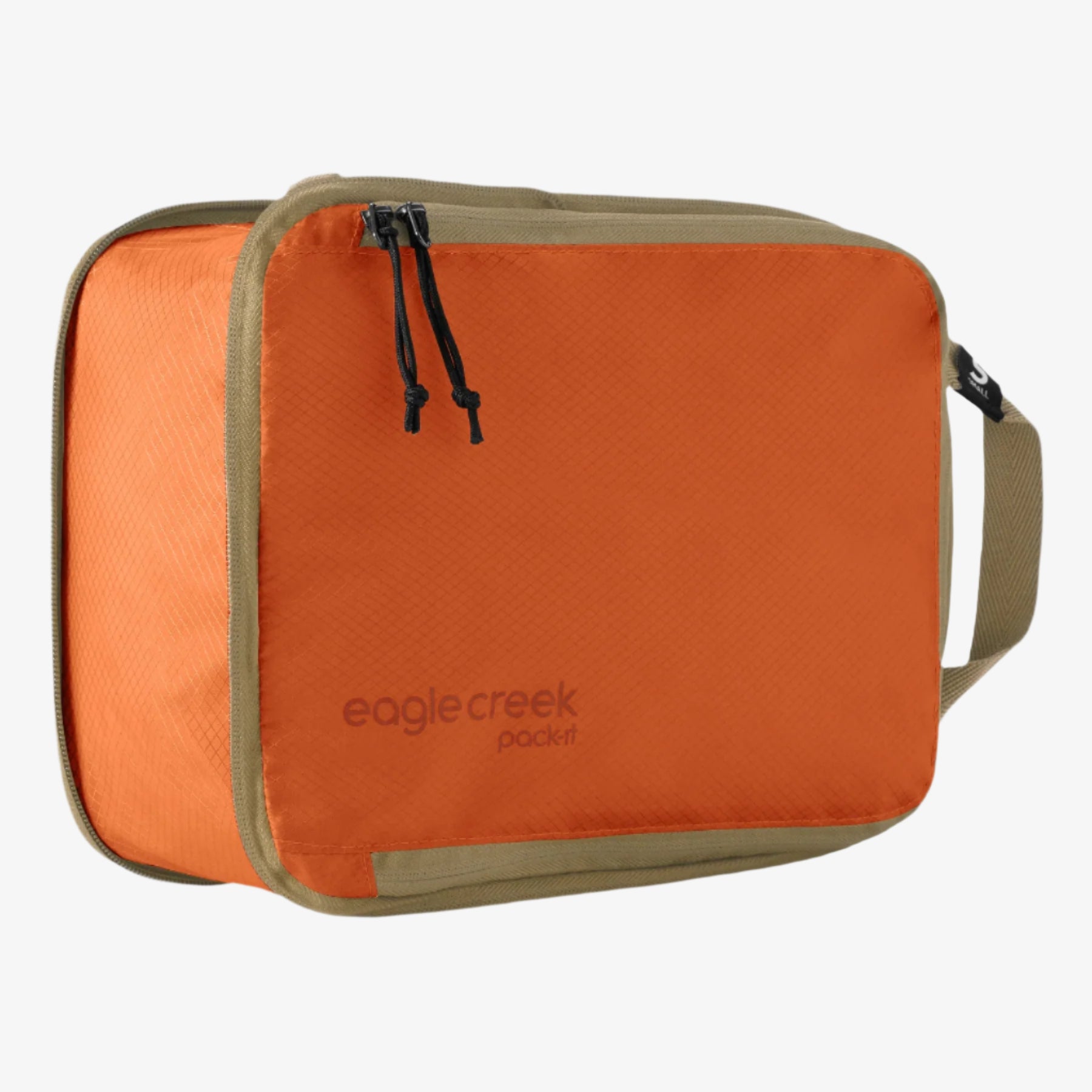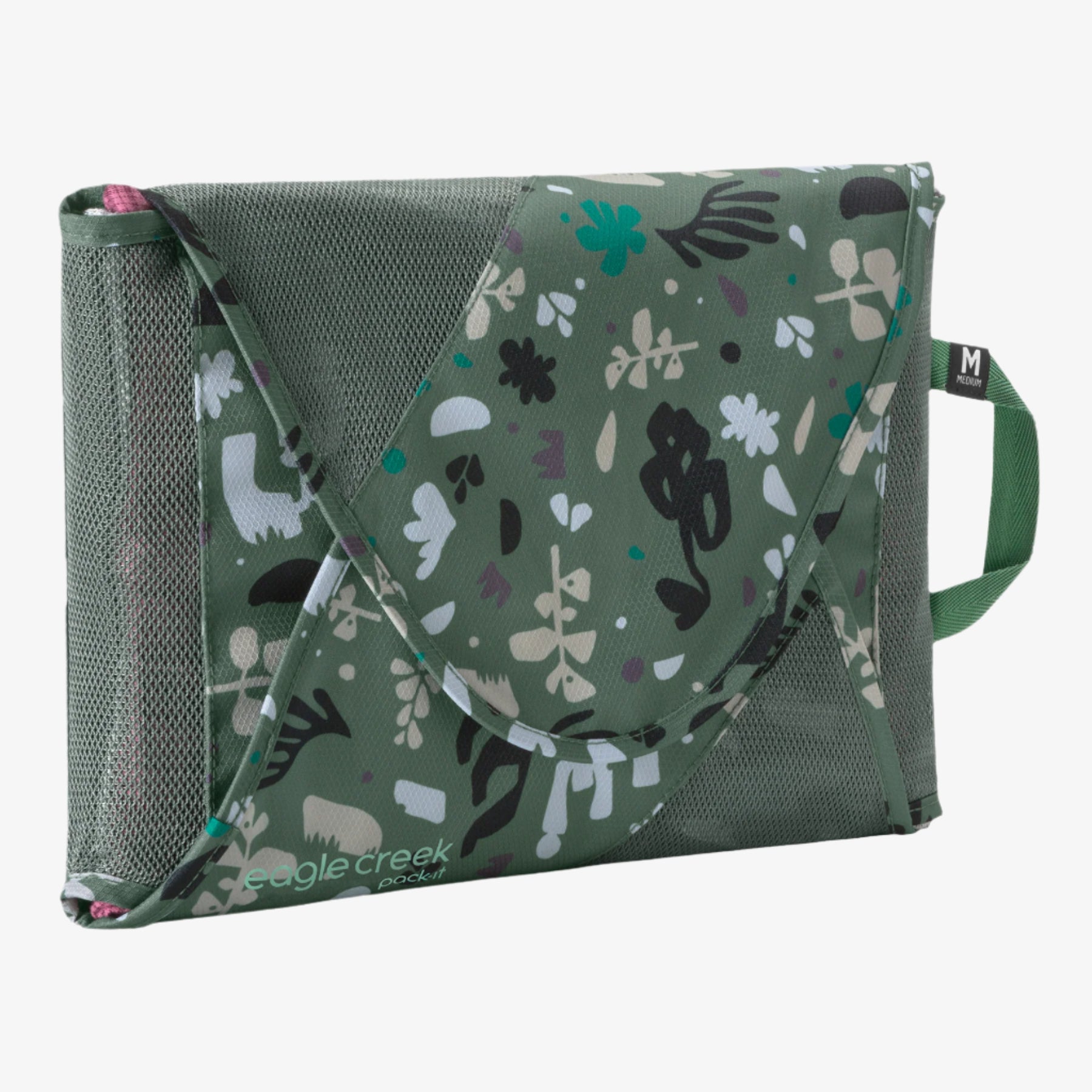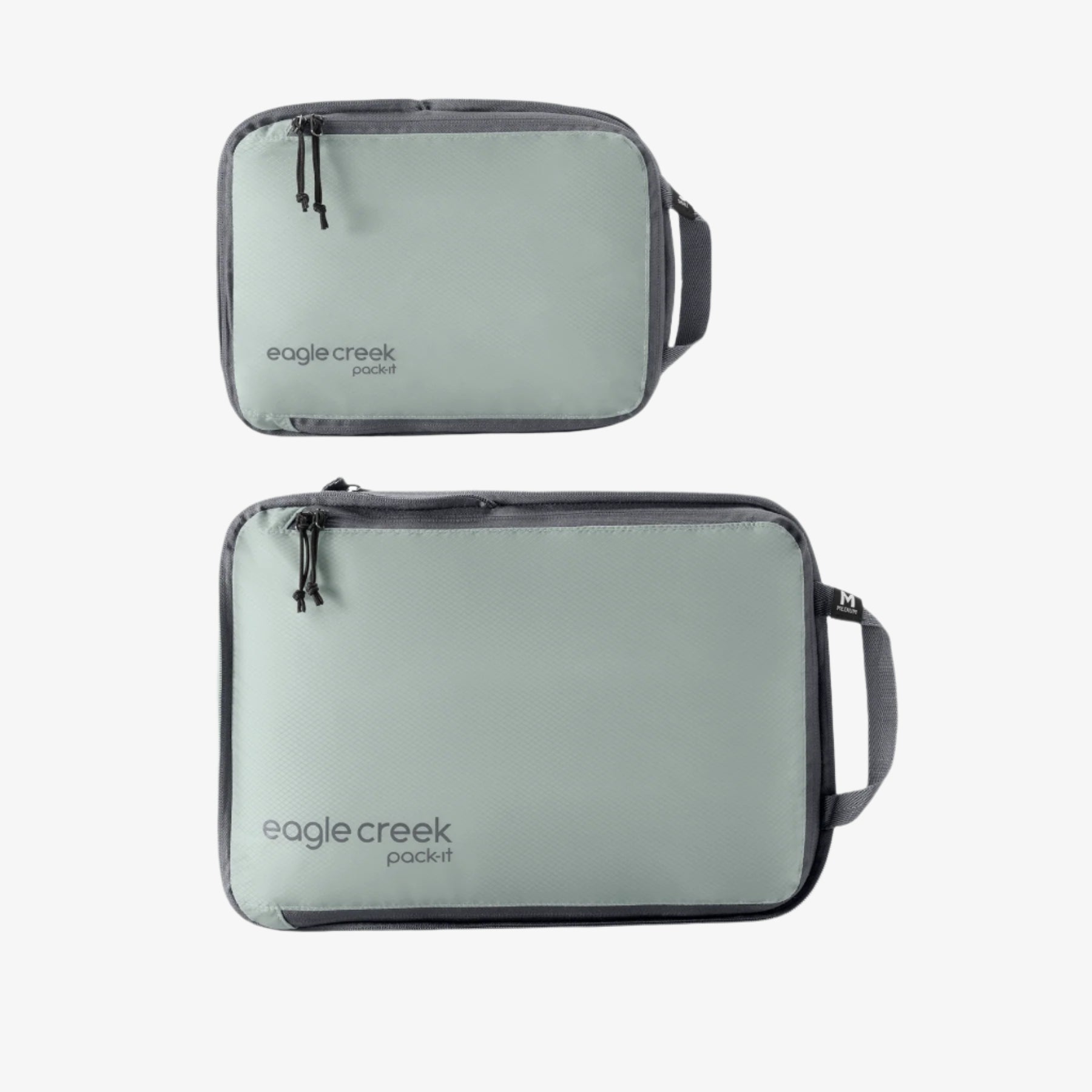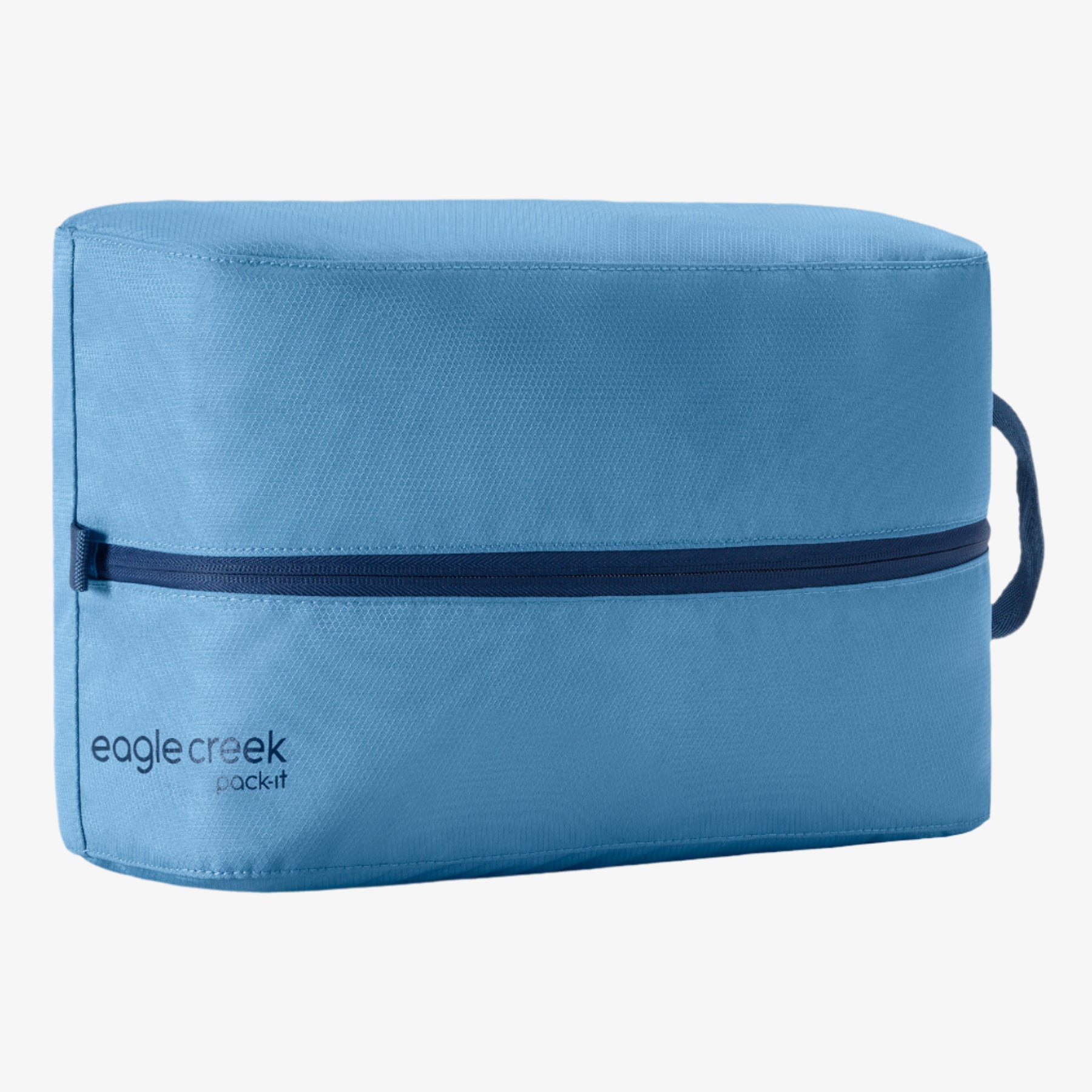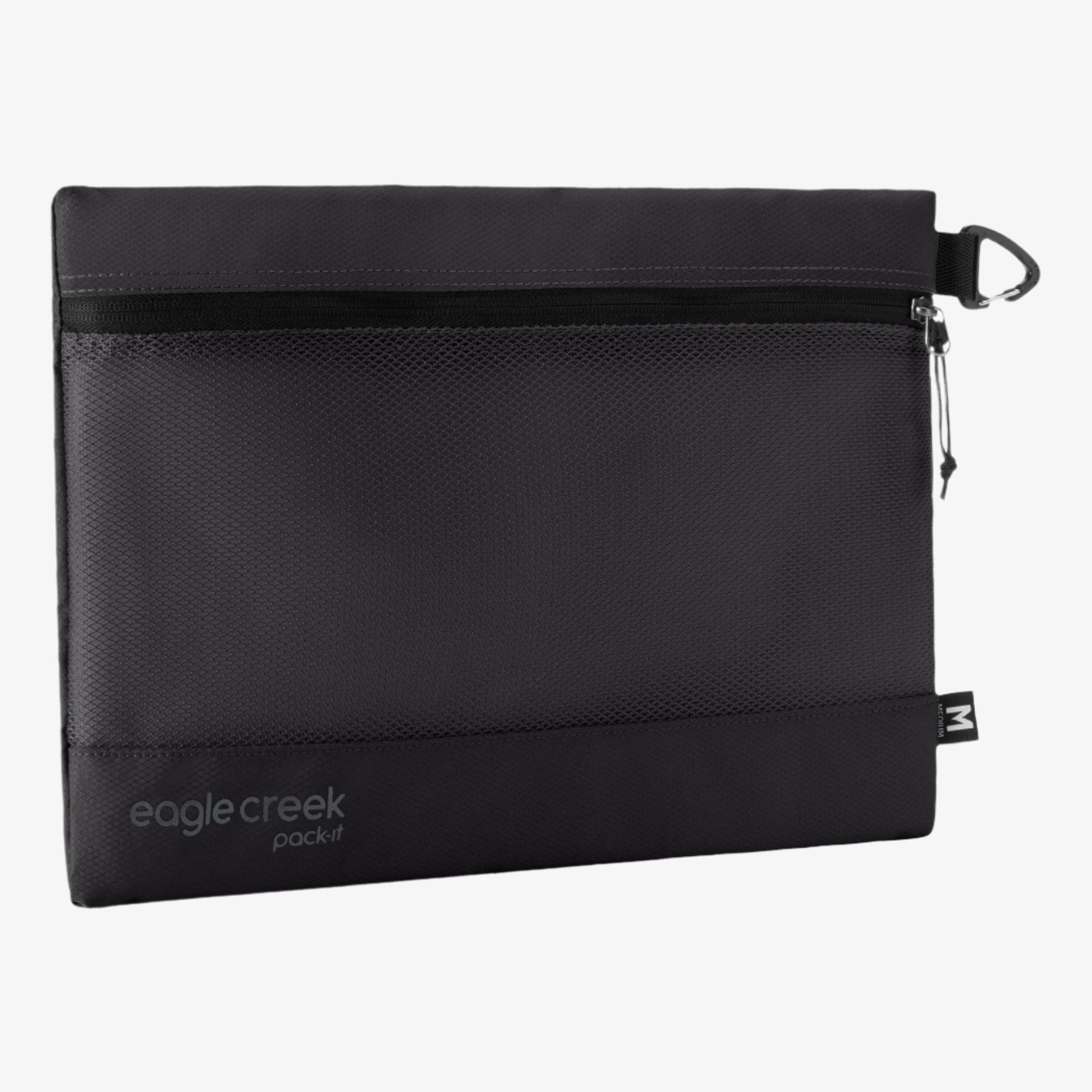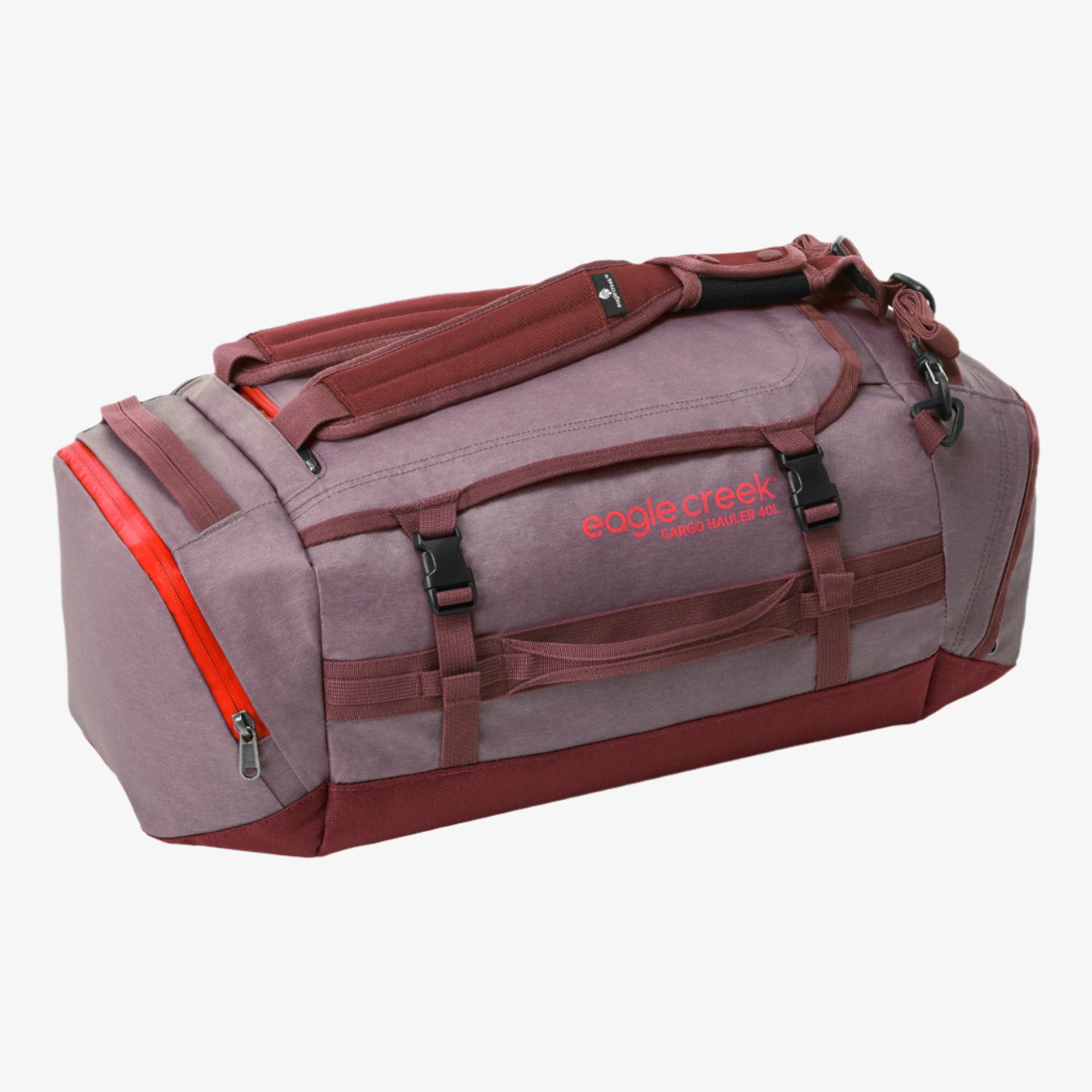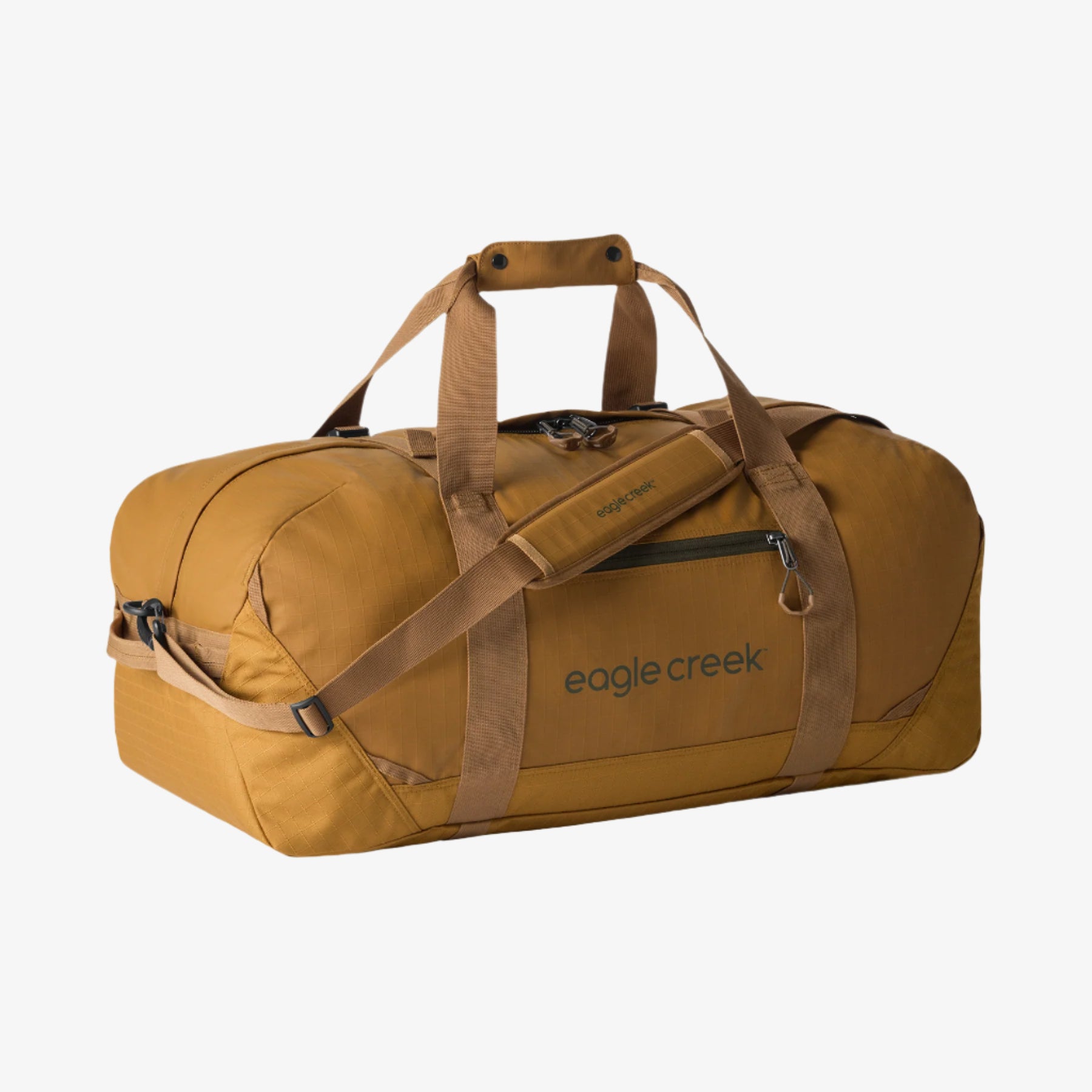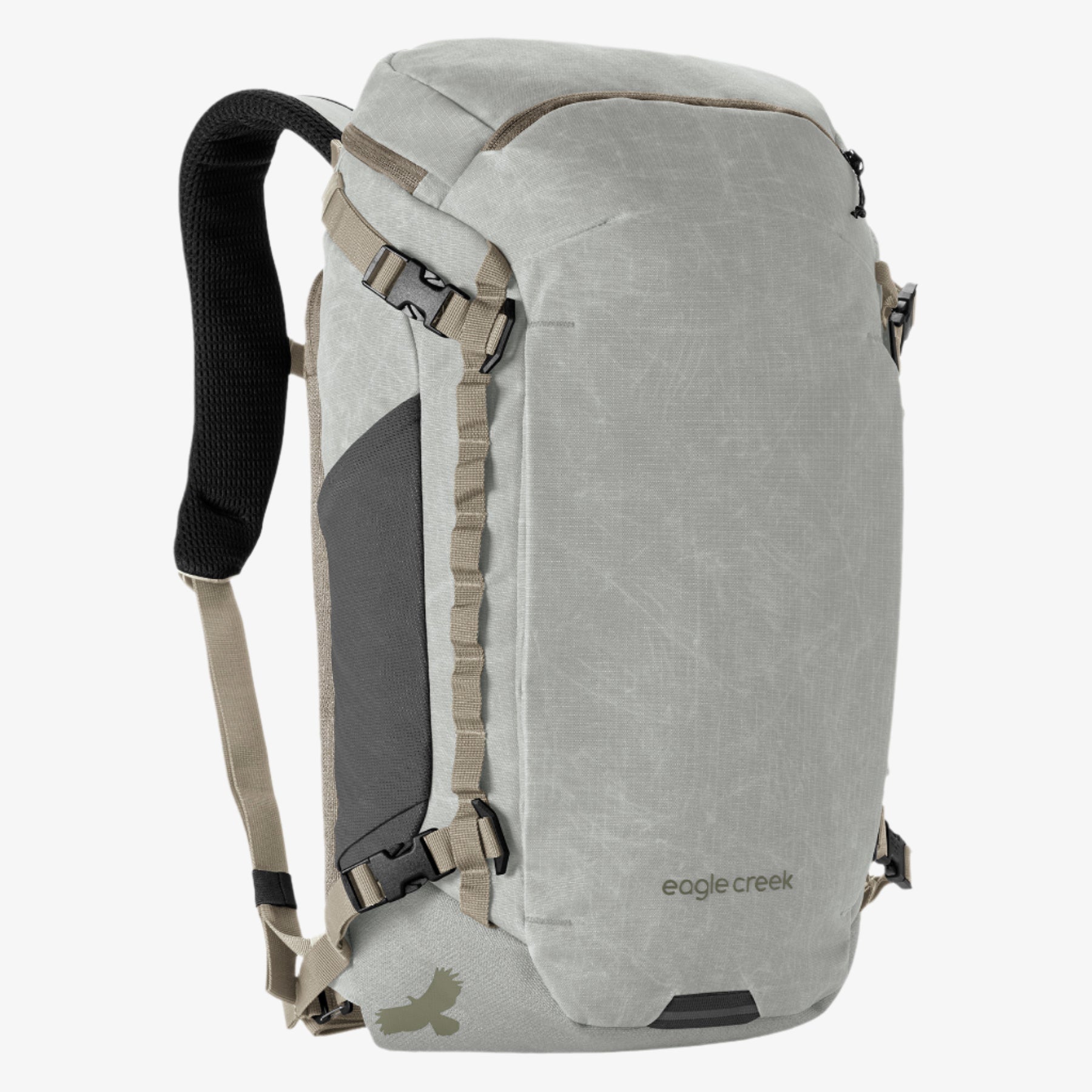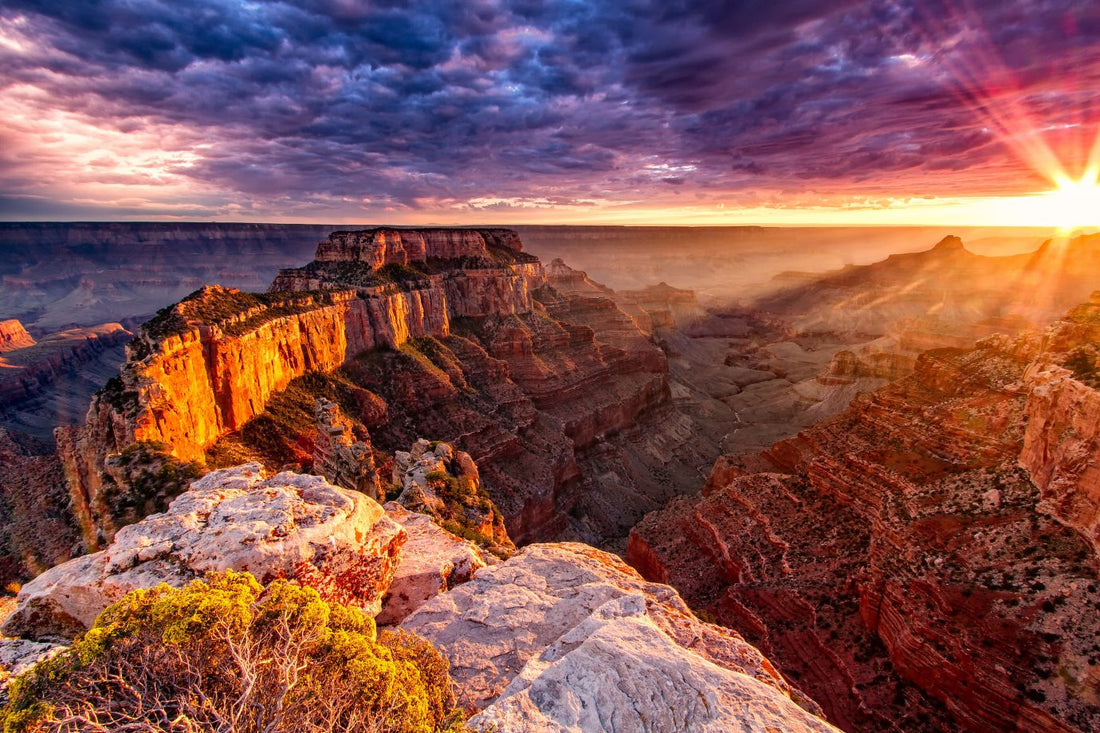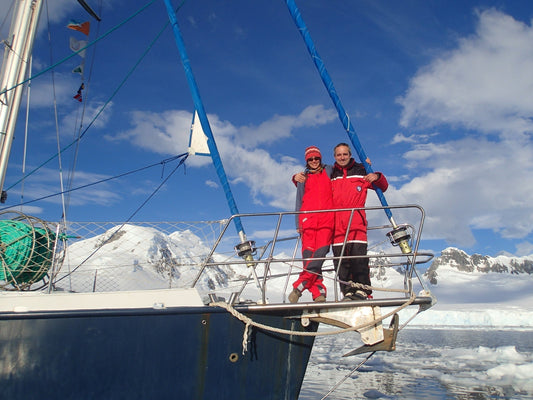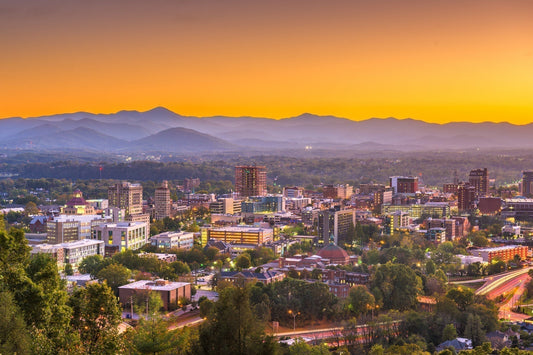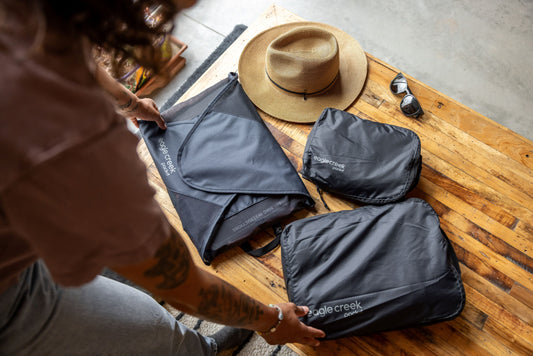
Yes, you can hike the Grand Canyon, but it’s more of an undertaking than many assume if you plan to do more than some day hikes and trails in the area. Find out exactly what it takes to hike the Grand Canyon, including how to train for the challenge, how to choose the best hiking trails for your goals, and exactly what to pack.
As breathtakingly beautiful as it is from the rim, the Grand Canyon holds even more wonders as you descend to the Colorado River. But, with steep elevation change, rustic conditions and sometimes harsh elements, hiking the canyon isn’t something you do on a whim. Although there are day hikes and trails around the South Rim, if you want to actually hike down into the Grand Canyon, it takes training, planning, and proper packing to ensure a safe trip.
How to Train to Hike the Grand Canyon
No matter how physically fit you are, hiking the Grand Canyon can be a challenge. The vertical distance from the South Rim to the river is 4,500 feet (1,372 meters) and from the North Rim to the river is 5,800 feet (1,767 meters). In addition to the elevation change, even at the bottom of the canyon, the air is thin, making physical exertion even more exhausting.
To prepare for the hike:
● Start by walking and hiking long trails, preferably ones with elevation change.
● In the gym, use the treadmill set at the maximum incline grade and the stair climber.
● Weight train to build core strength so you can carry your hiking gear.
● Break in your footwear.
● Hike with your pack to get comfortable carrying it for long distances.
● Wear the clothes you’ll wear in the canyon to make sure they’re comfortable and don’t chafe.
● You may even want to test the trail mixes and snacks you’ll be bringing with you, so you’re sure you have yourself in peak conditions for the hike.
Planning Your Grand Canyon Hiking Trip
Rangers recommend you stick to the “corridor” trails on your first Grand Canyon hike. The most popular of these is the Bright Angel Trail because it has water, shade, and a rest area. Indian Wells approximately halfway down the trail also make it a great turning point for day hikers, who should still carry a stocked day pack, food, and water even if they plan to return to the Rim same day. (The National Park Serves strongly advises against trying to hike all the way to the river and back out in one day.)
While the South Kaibab Trail is the shortest route (6.9 miles/11.1 km versus 9.8 miles/15.8 km to Phantom Ranch via the Bright Angel Trail), it offers hikers little shade and no water. The North Kaibab Trail from the North Rim is the longest (14 miles/11.5 km to Phantom Ranch) but is the most comfortable of the three during the summer.
How Long Does it Take to Hike the Grand Canyon
Typically, it takes most hikers between four and five hours to get to the river no matter which trail they choose. On average, it takes hikers seven to eight hours to get back out. A good rule of thumb is to double the amount of time it took you to get down when calculating how long it will take you to hike back out.
If you plan to overnight in the canyon, you will need to make reservations through an online lottery for Phantom Ranch’s dormitories and cabins 15 months in advance, or obtain a backcountry permit to tent camp at Bright Angel Campground. Backcountry permits can be obtained in person at the Backcountry Information Center up to four months before your hike.
What to Pack for Your Hike
The items you pack depends on when you go and whether you overnight. Food and water are the two most important items for a Grand Canyon hike. During the summer, carry at least one gallon of water per day, even if you are hiking a trail with water sources since pipelines can break. You’ll also want to pack electrolyte powder and plenty of high-energy, salty snacks to replace the electrolytes (salts) you sweat out.
Most hikers who overnight in the canyon spend at least one day recuperating before making the climb out. Use packing cubes to organize your clothes, toiletries, and other necessary items, including toilet paper, in your backpack. Compression cubes can help optimize limited space, and you may want a wet dry bag to store dirty and wet clothes.
Because the hike is so strenuous, think twice about packing more than you need. In the summer, if no rain is forecast, consider a bed roll instead of a tent, and ditch the cooking stove. Whatever time of the year, pack so you can dress in layers.
Before You Hit the Trail
There’s no formal check in or check out service at the Grand Canyon. Let someone know your hiking itinerary, including the date of your return, and call to let them know when you complete your hike. While you probably will not have cell service in the canyon, if there’s an emergency, love ones may be able to reach you through the park service at 928-638-7805.
While Eagle Creek is here to provide tips and insights on travel, we cannot accept any responsibility for any potential consequences arising from the use of this information. Always conduct your own research and use your best judgment.
Related Links (from Eagle Creek blog):
What to Pack When Heading to a National Park
These Products Will Keep You Feeling Fresh on Trips Without Showers
